Wildlife Cameras
Wildlife cameras are an invaluable tool for collecting data and monitoring wildlife at each of our Conservation Lands. We have remote cameras deployed at nearly all of our lands with the purpose of monitoring for wildlife occurrence, frequency and numbers. Often animals will hide when humans, a perceived threat, are near so having remote cameras can give us insight to the inhabitants of our lands. Healthy lands have diverse ecosystems populated with all sorts of wildlife from tiny voles to the iconic moose, and with cameras we can keep an eye on them!
Our Feathered Friends
While they may not appear as commonly as mammals, sometimes we still manage to capture our avian friends on our Camera Traps! All of our conservation lands are fantastic birding locations, especially during spring and fall migration. We also operate a MAPS (Monitoring Avian Productivity and Survivorship) station every summer. To learn more check out our Field Ornithology program and other Citizen Science volunteer initiatives on our website.
P.S. As a tip for this year Golden Ranches has been a big hit for bird sightings this field season including Bobolinks and a Great Gray Owl!
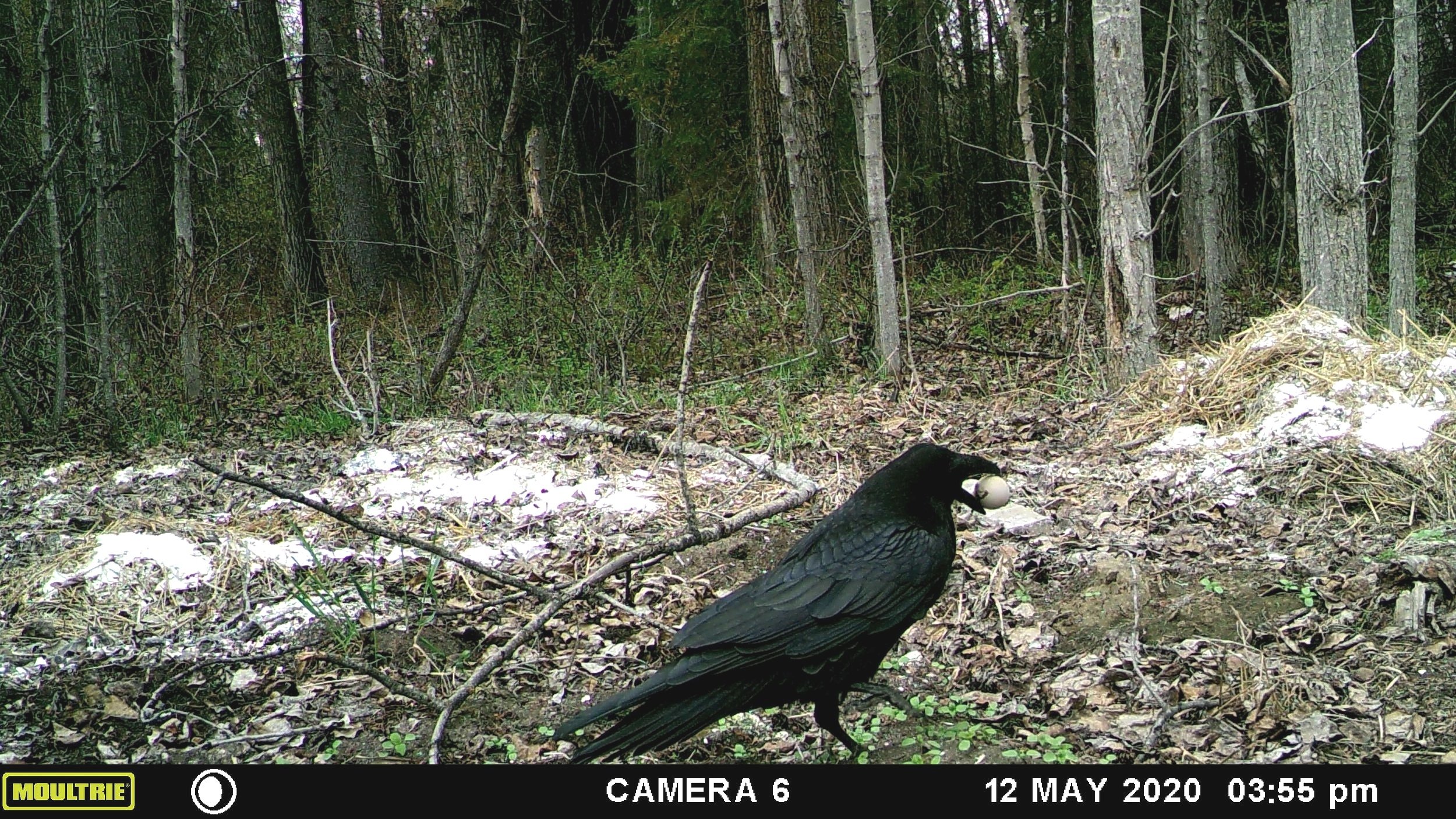
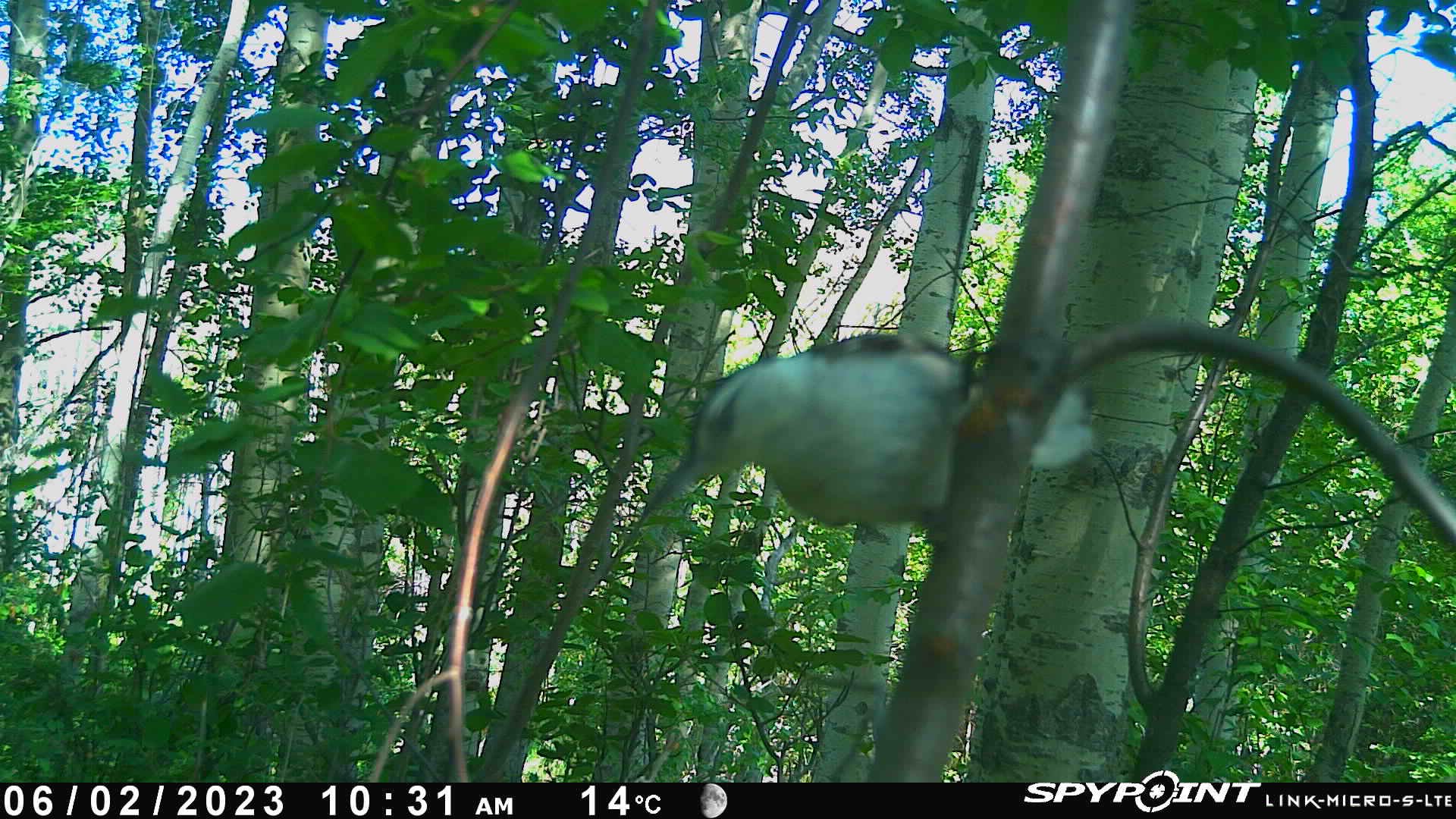
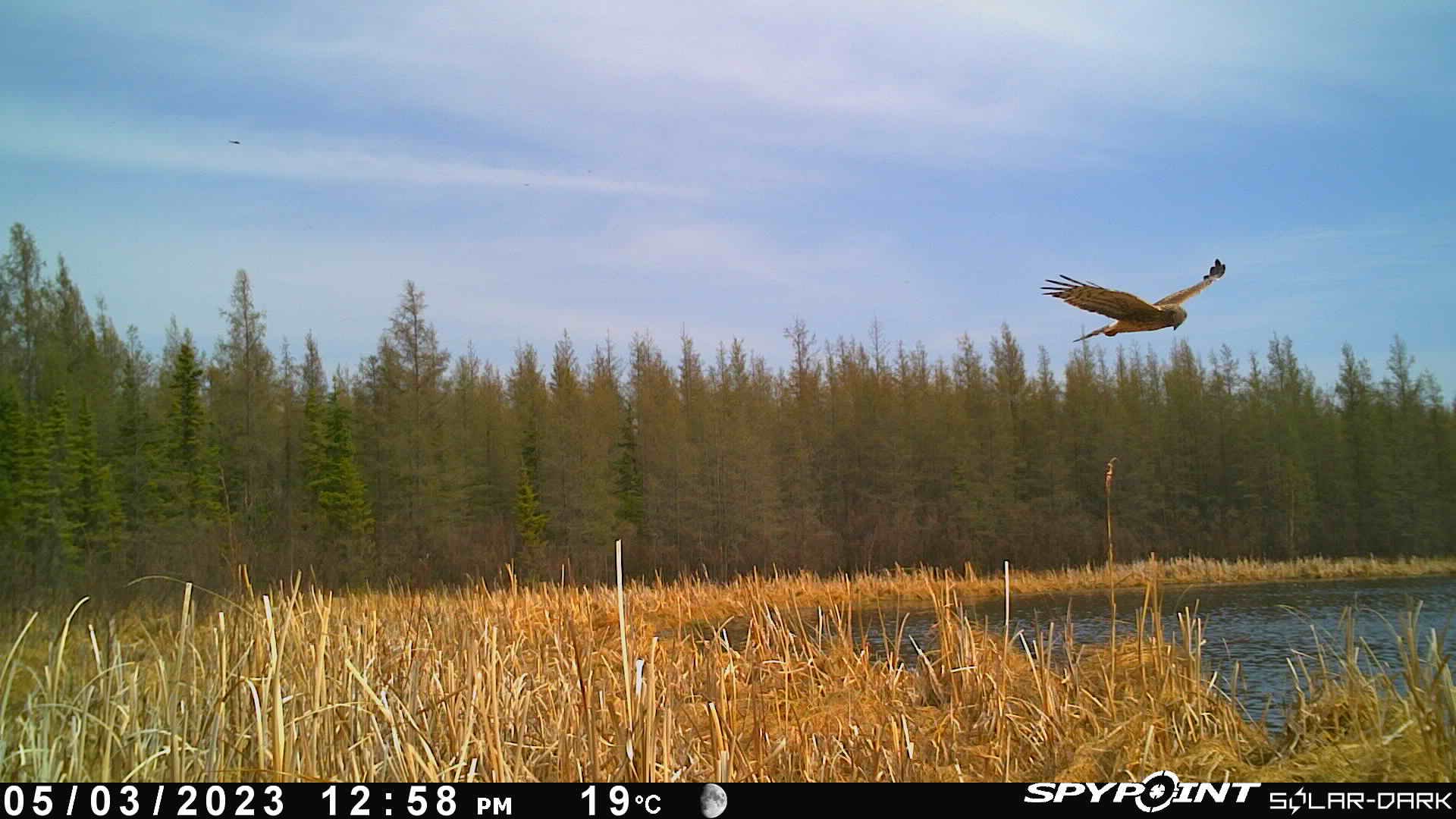
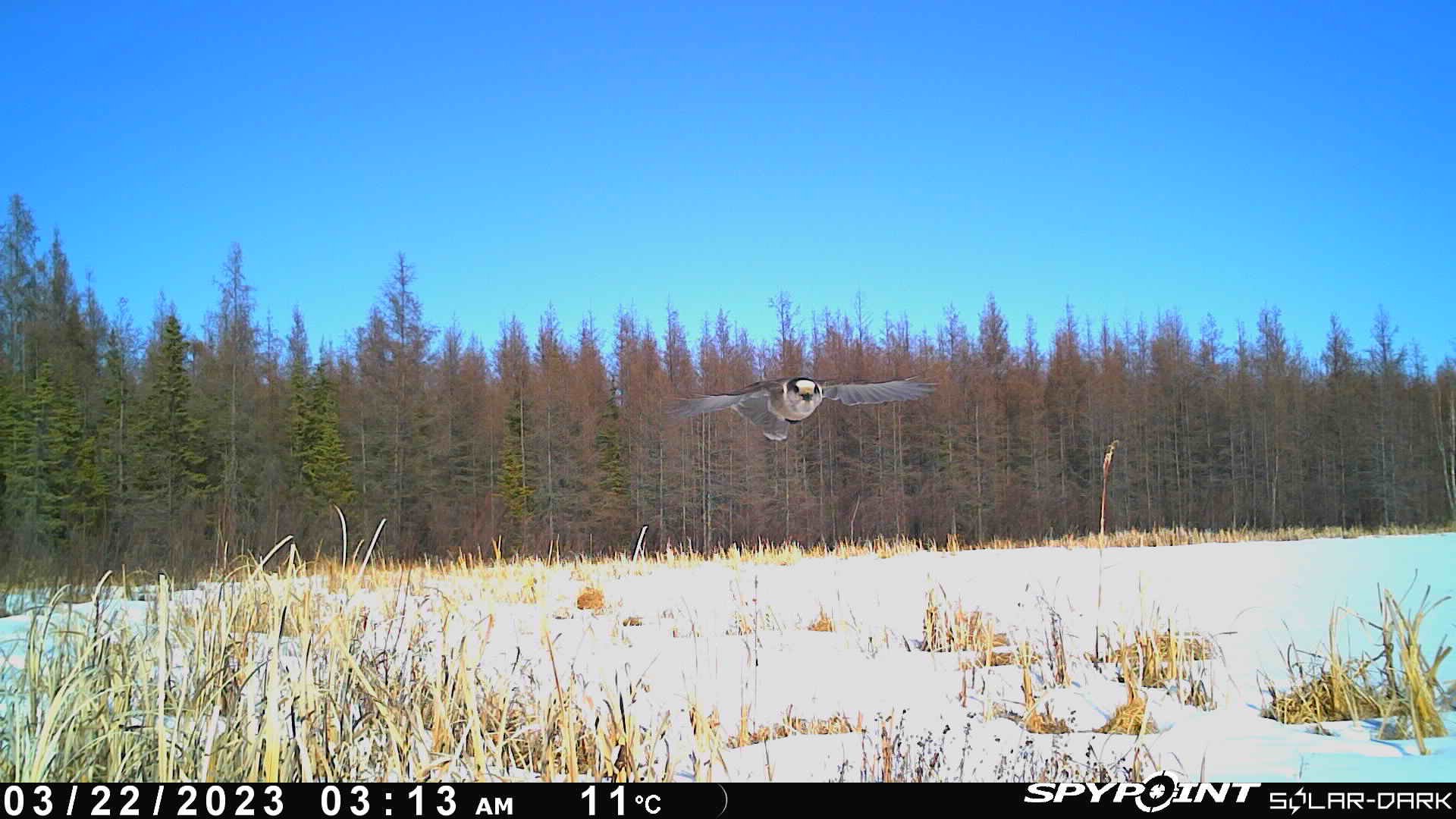
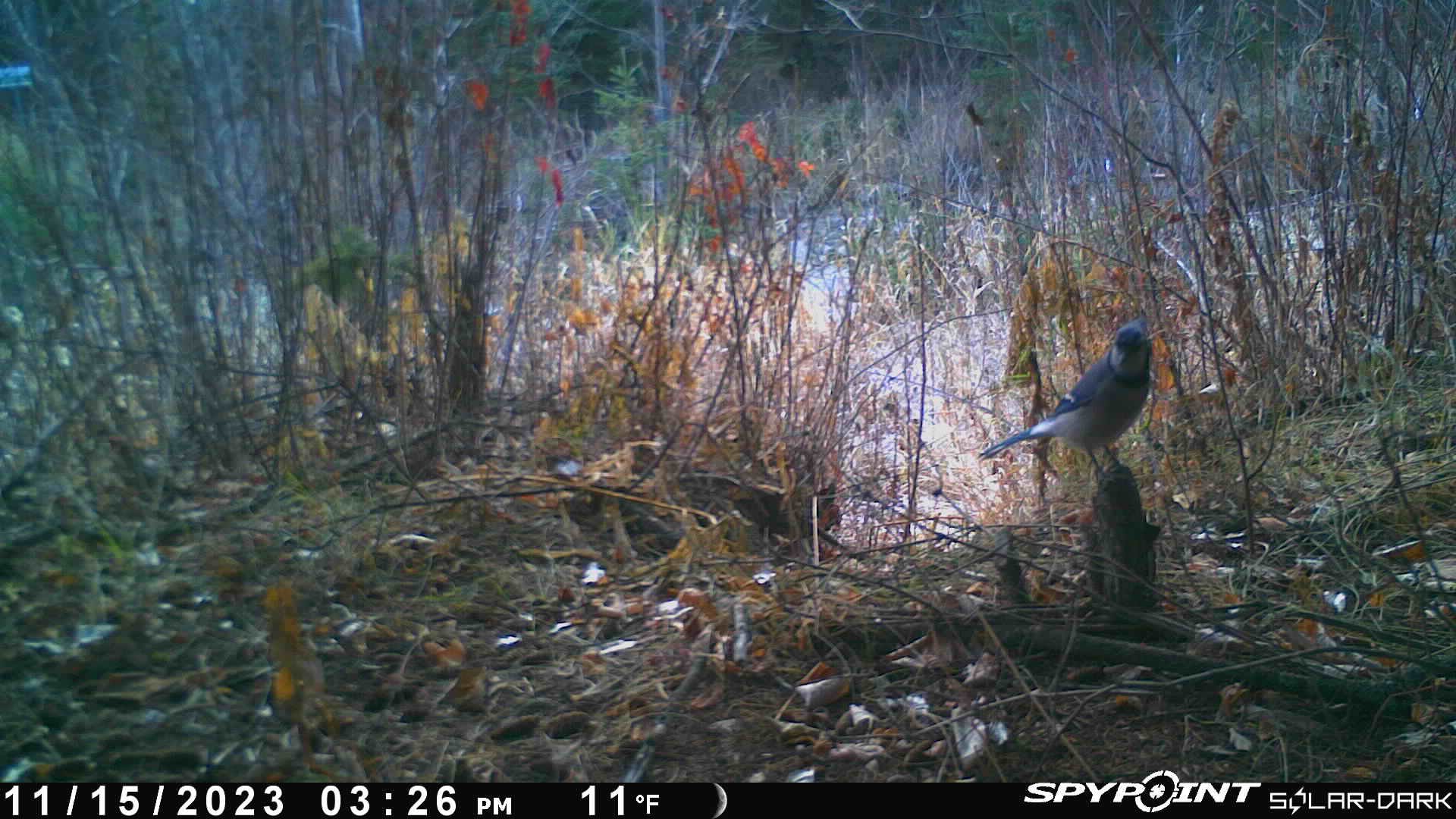
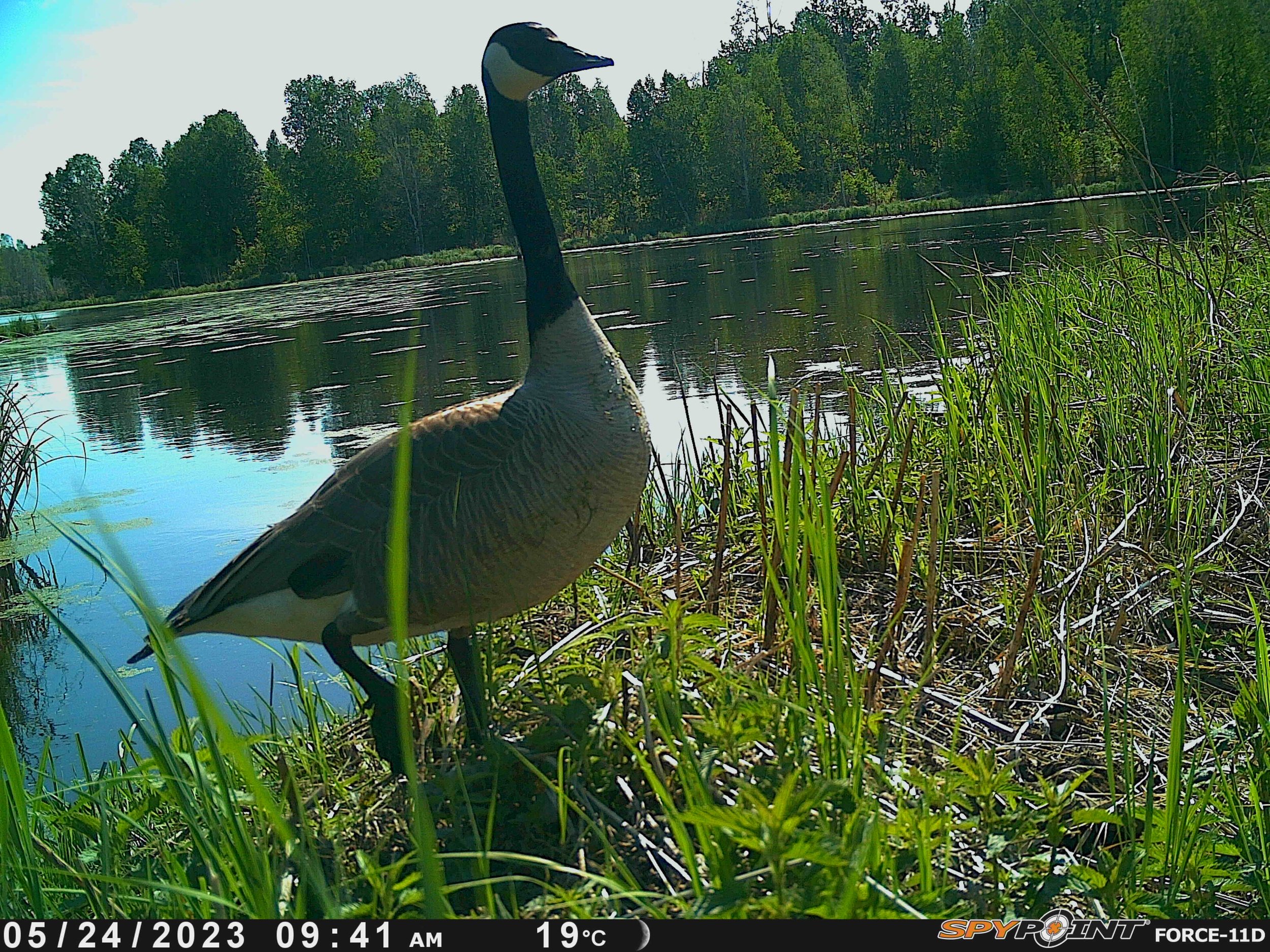
A Canadian Icon
Moose are common at many of our sites and last year they decided to be especially photogenic, so we couldn’t pick just one photo. They are a true Canadian icon. Check out Sundew Conservation Land for a prime example of a wetland habitat that moose frequently call home, but be prepared with a pair of rubber boots and a change of socks!
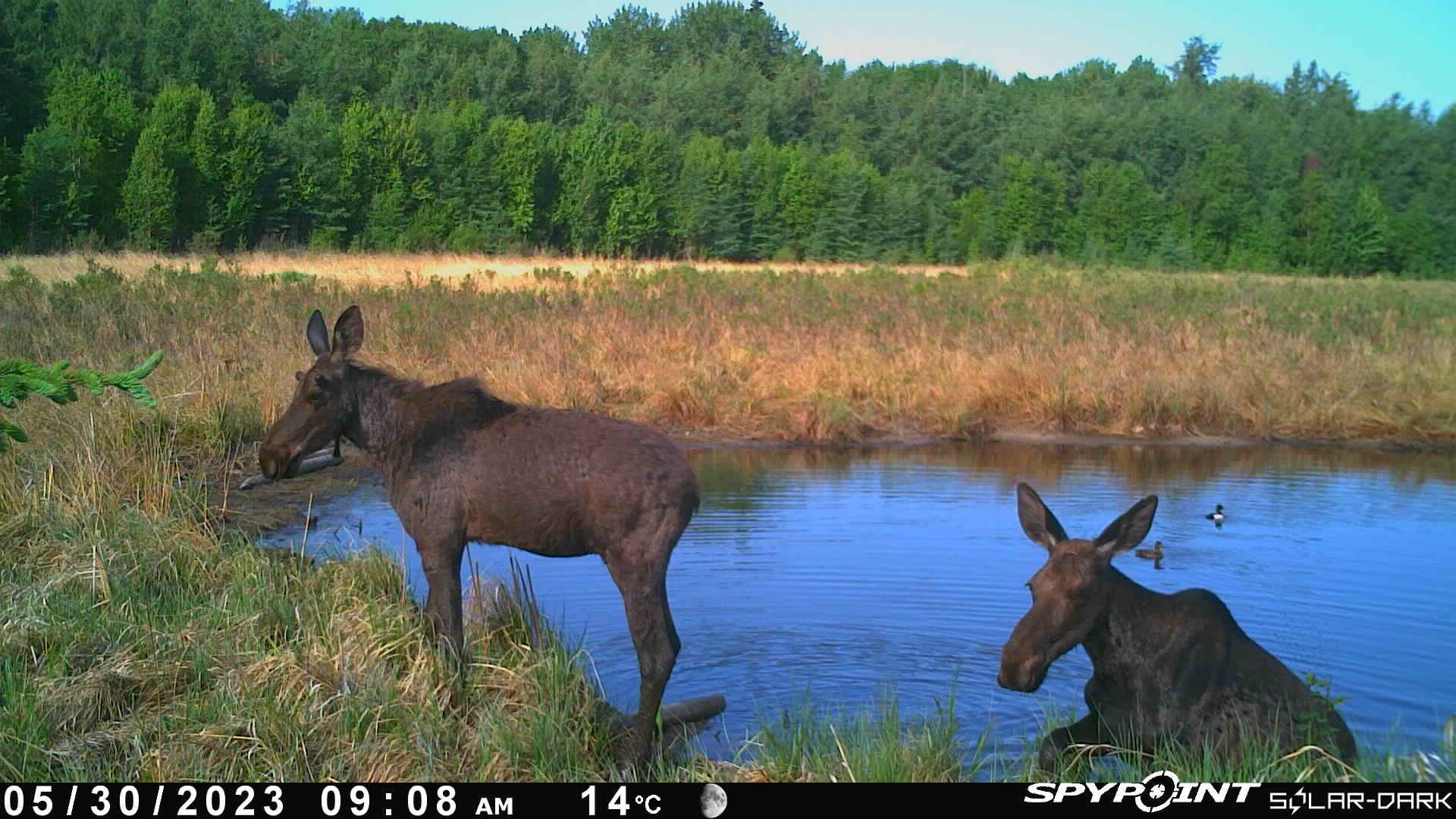
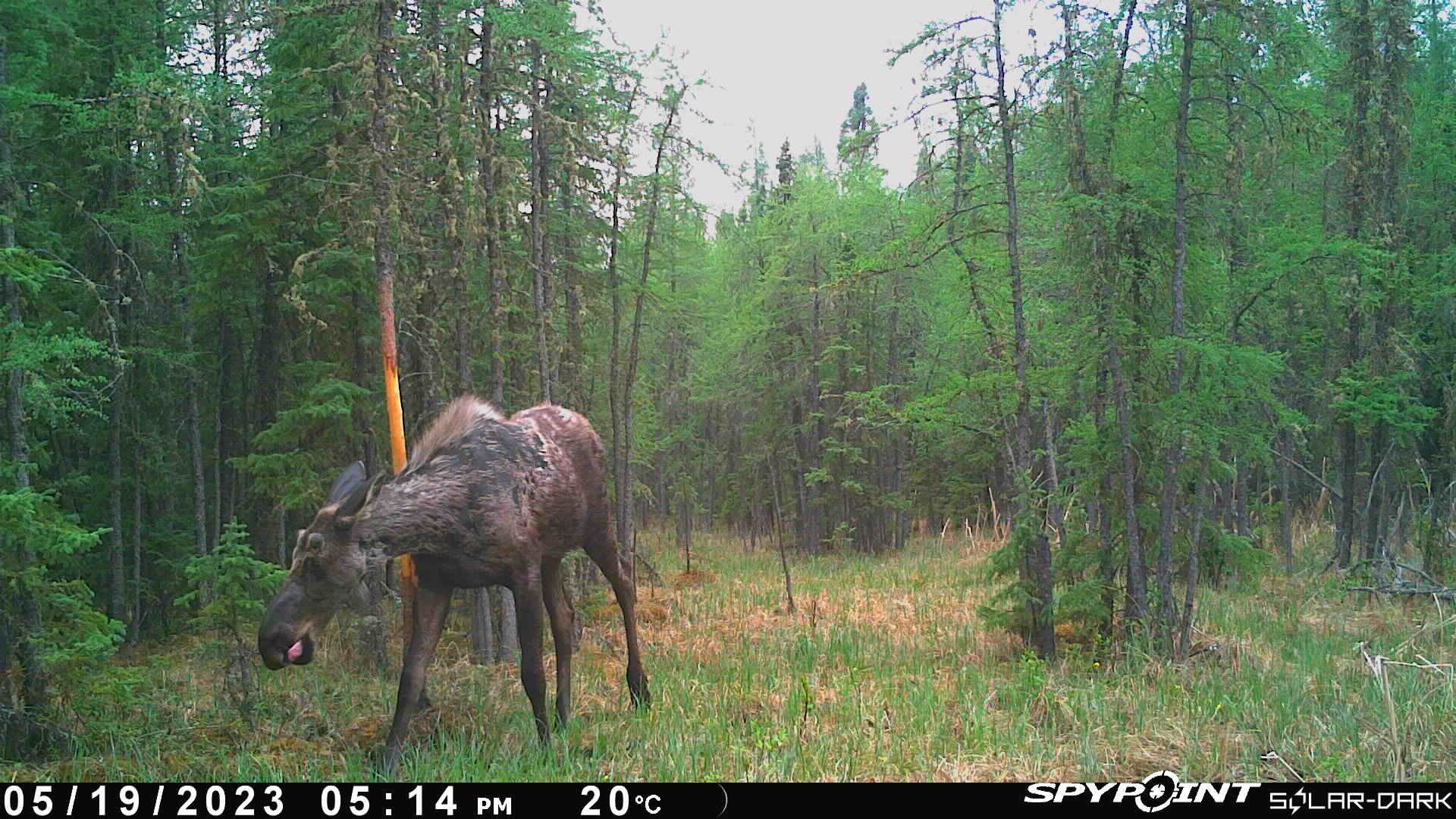
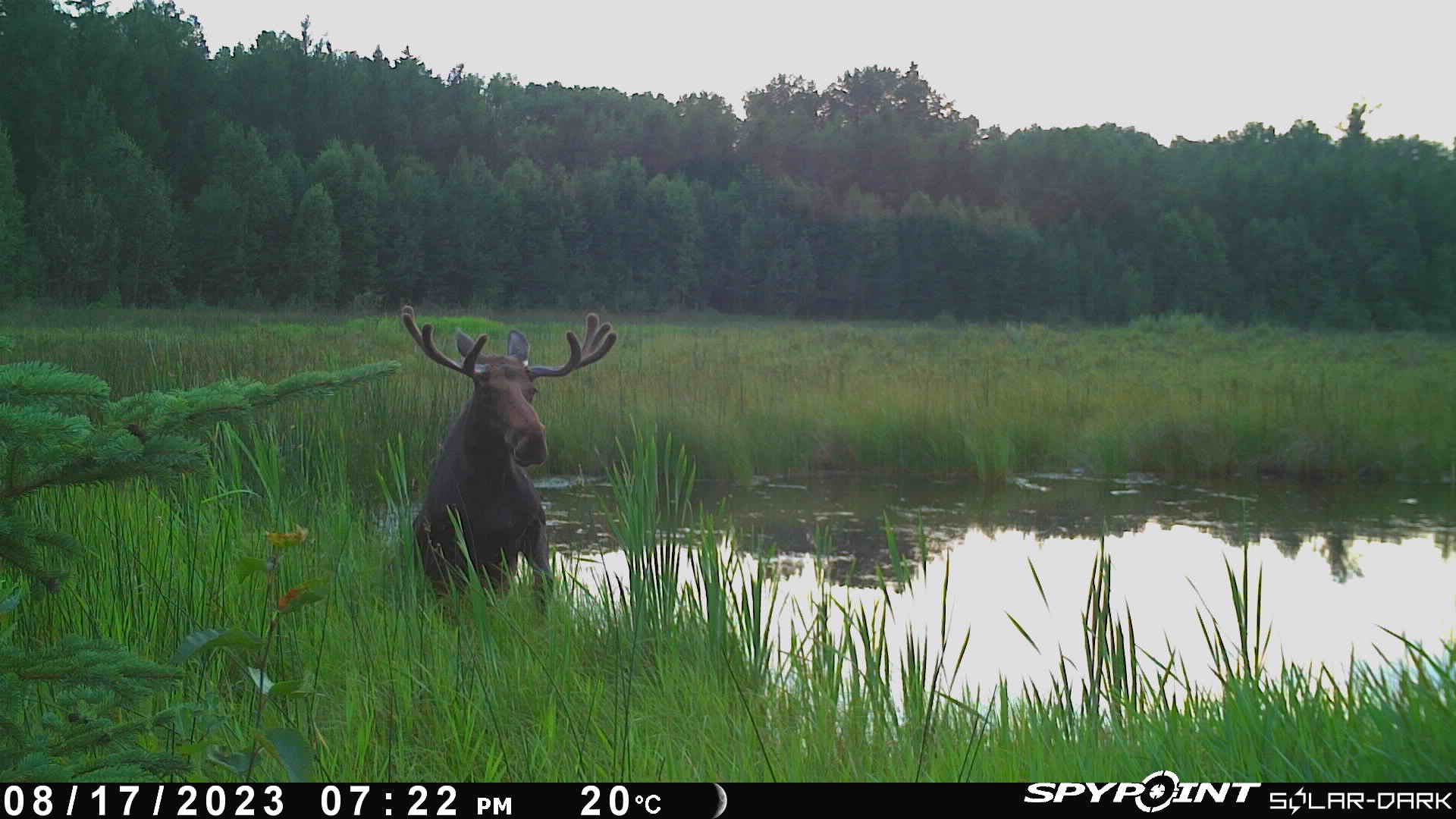
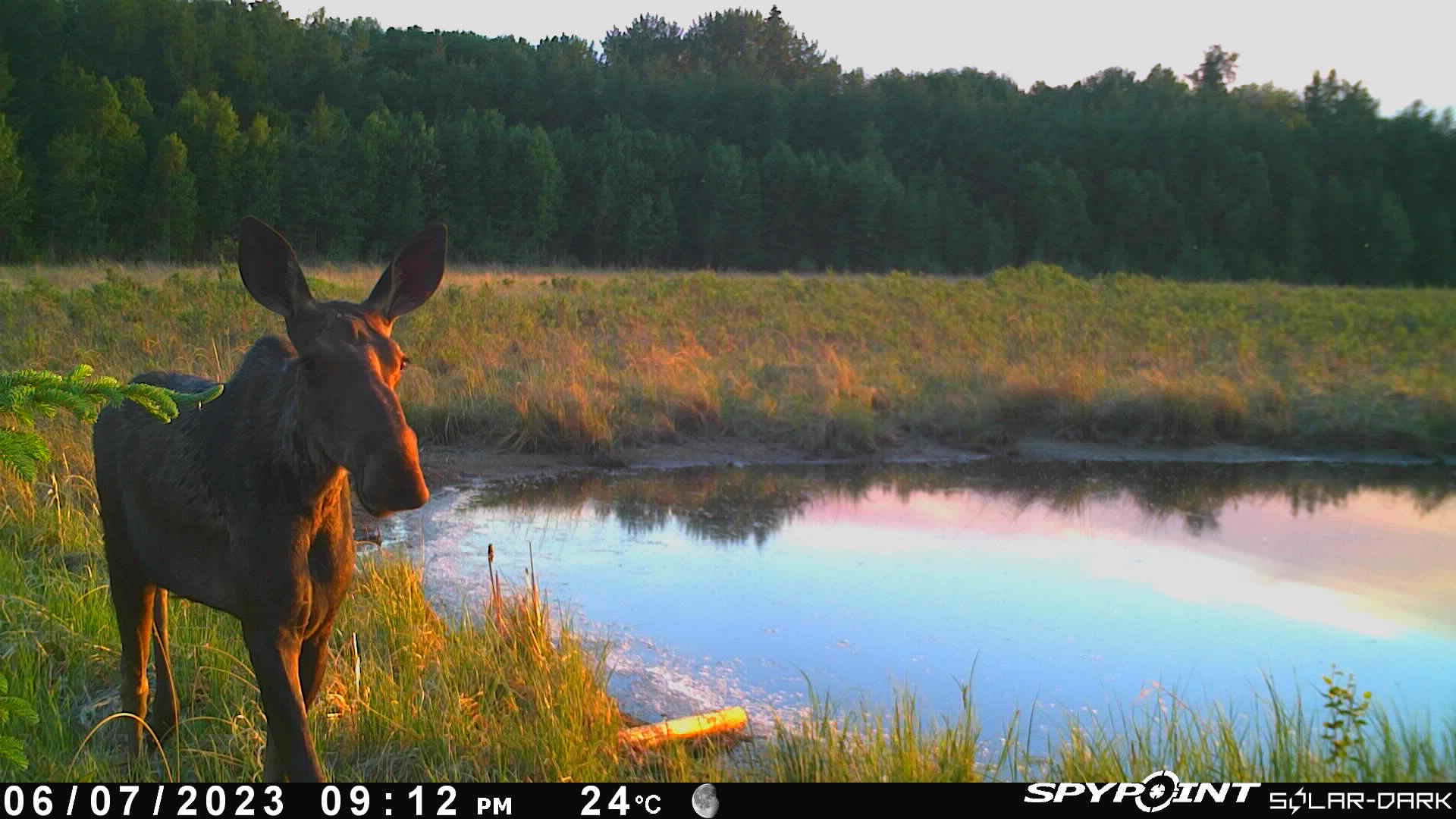
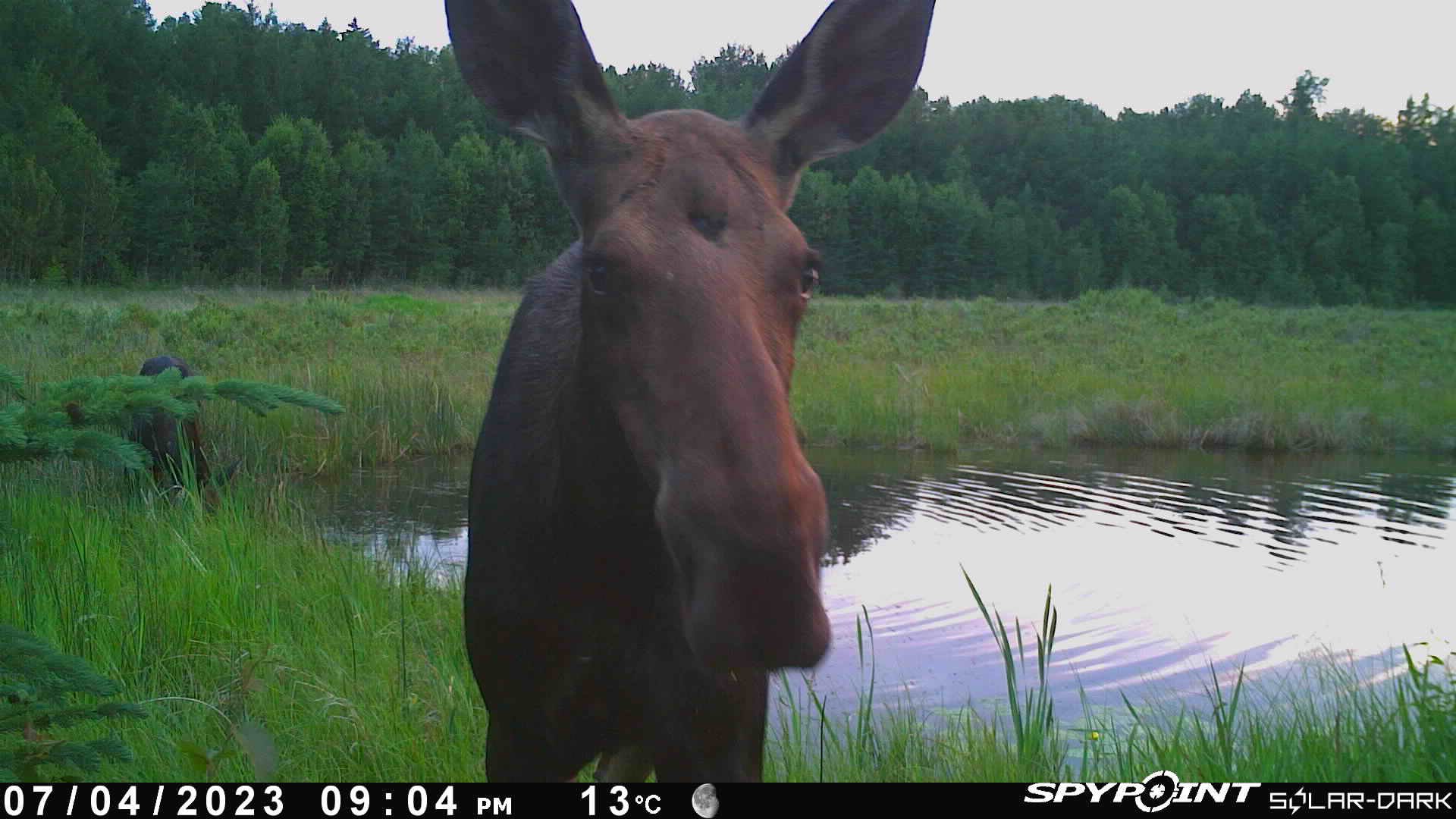
Magnificent Mammals
Mammals are the most commonly captured group on our cameras throughout the year. Many of these photos provide excellent examples of behavior, such as the competitiveness of bucks during the rut, habitat selection in muskrats, or the cautiousness of hares searching through the brush. Each photo helps to inform us on the well-being of wildlife populations at each land and to become more familiar with each inhabitant.
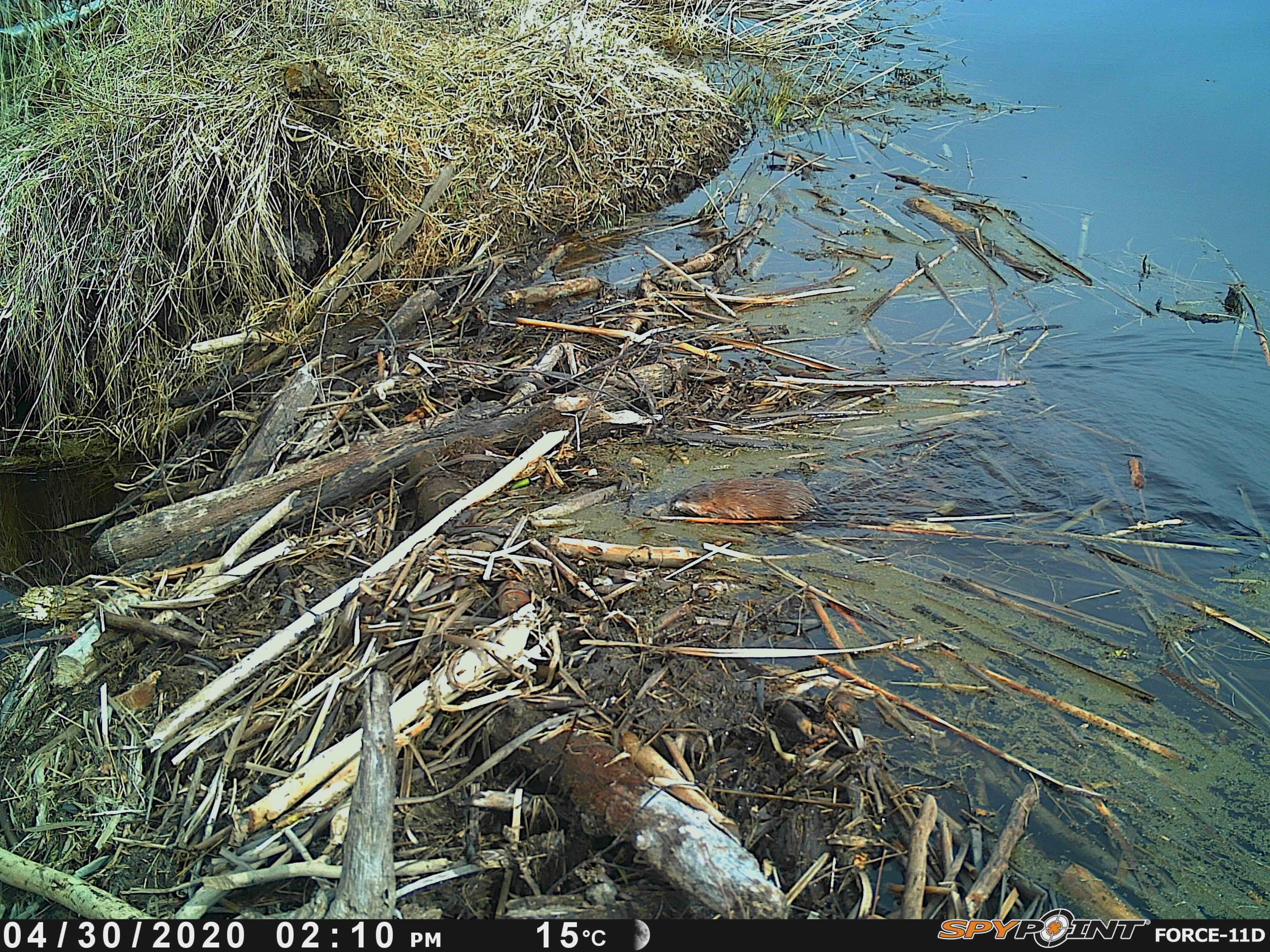


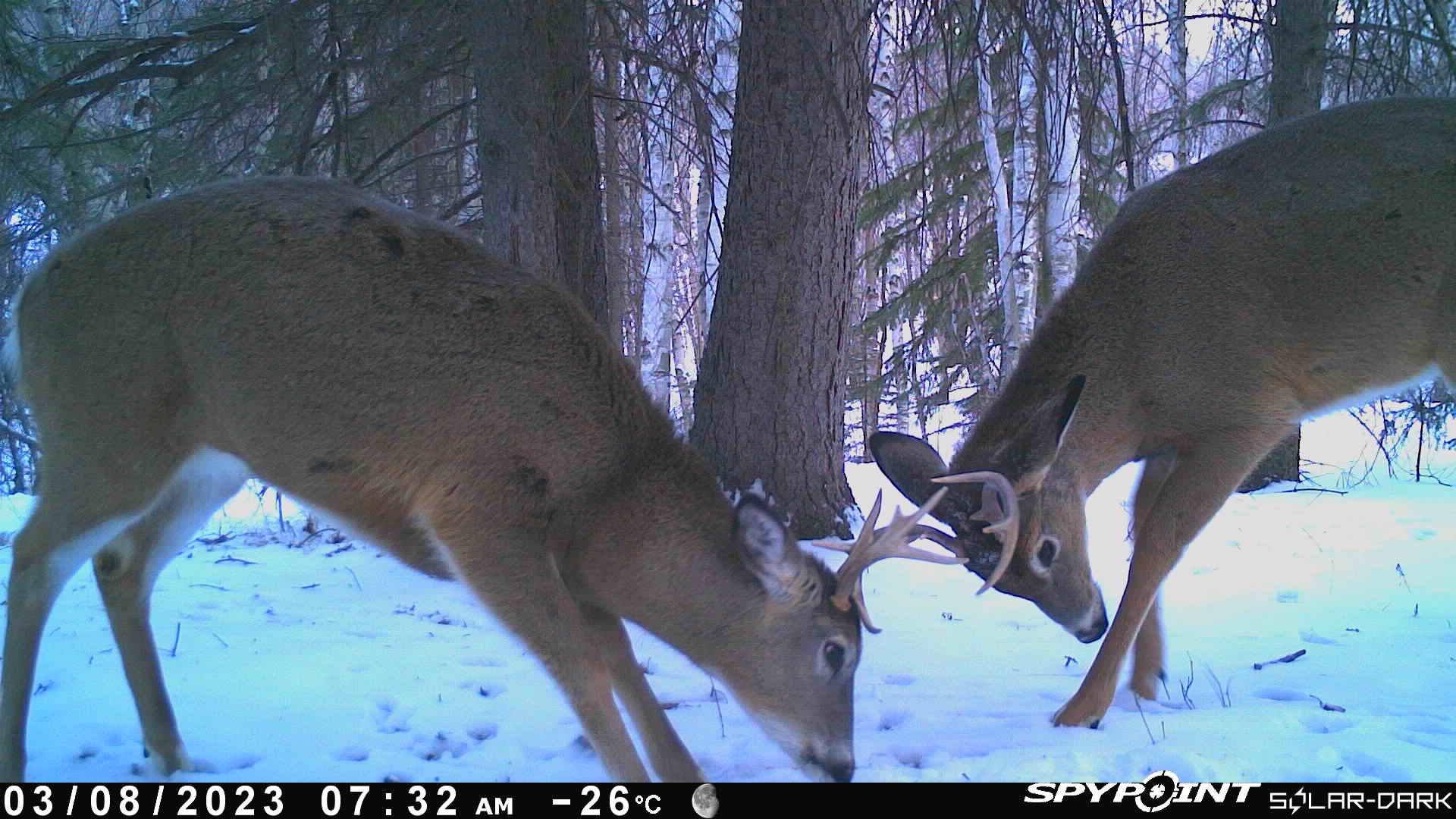

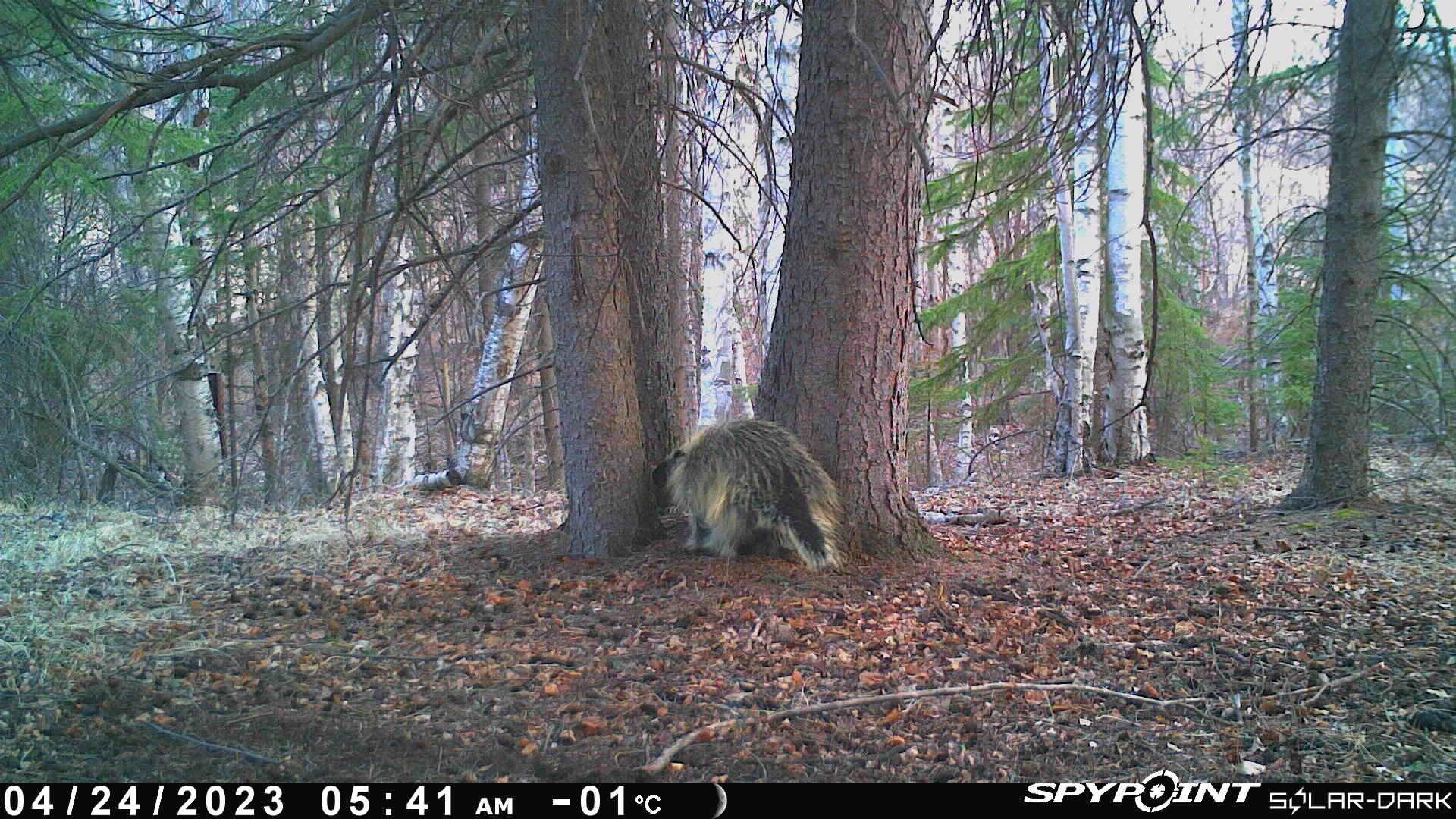
Cool Carnivores
Our wildlife cameras also captured quite a few reminders that EALT lands are truly wild and are home to predators and other potentially dangerous animals. When visiting our lands make sure to take proper safety precautions, such as having a check-in contact and bringing bear spray. Healthy ecosystems also include smaller predators (mesocarnivores) like foxes, martens, coyotes and we love to see them pop up on our cameras!

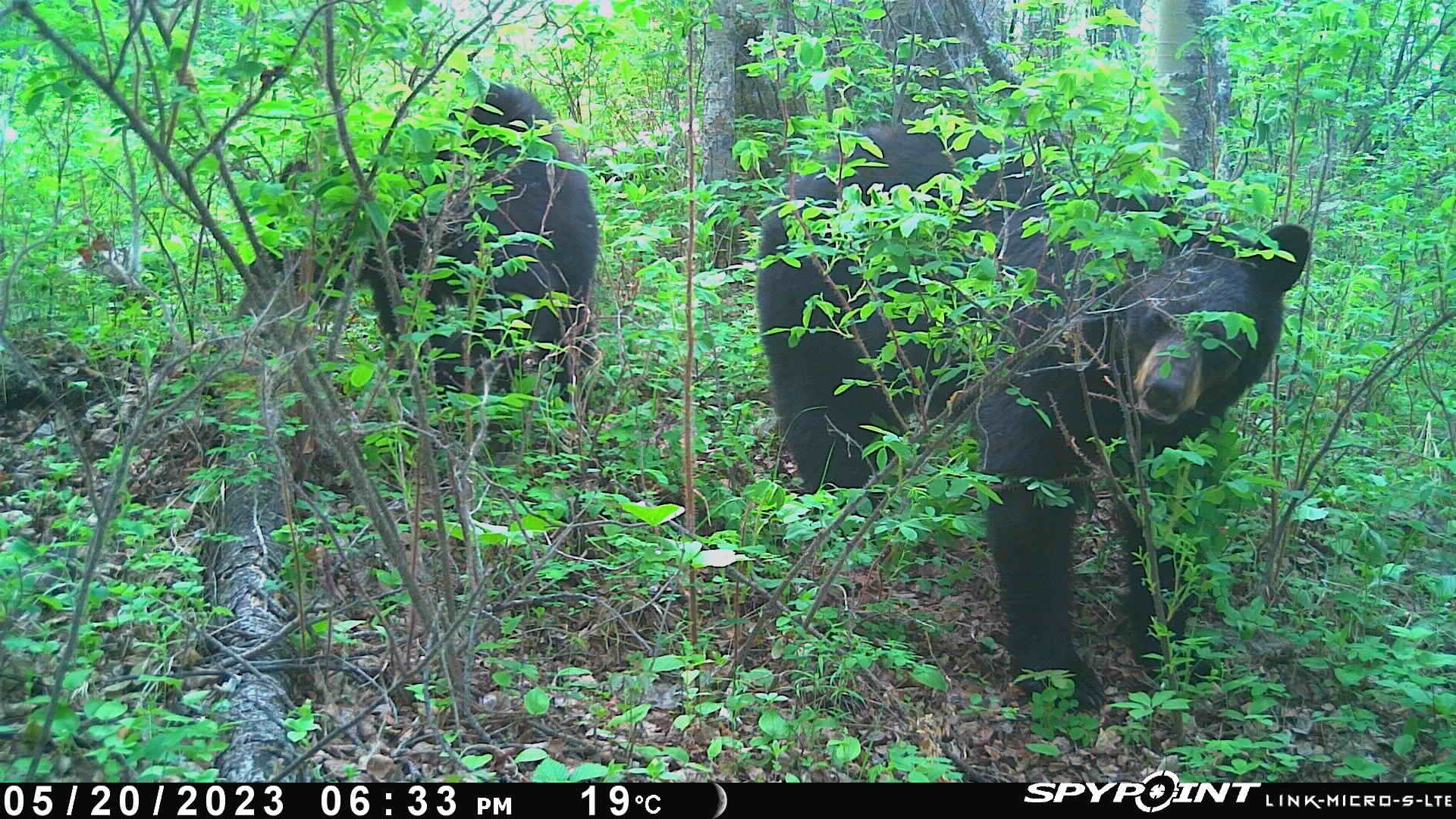
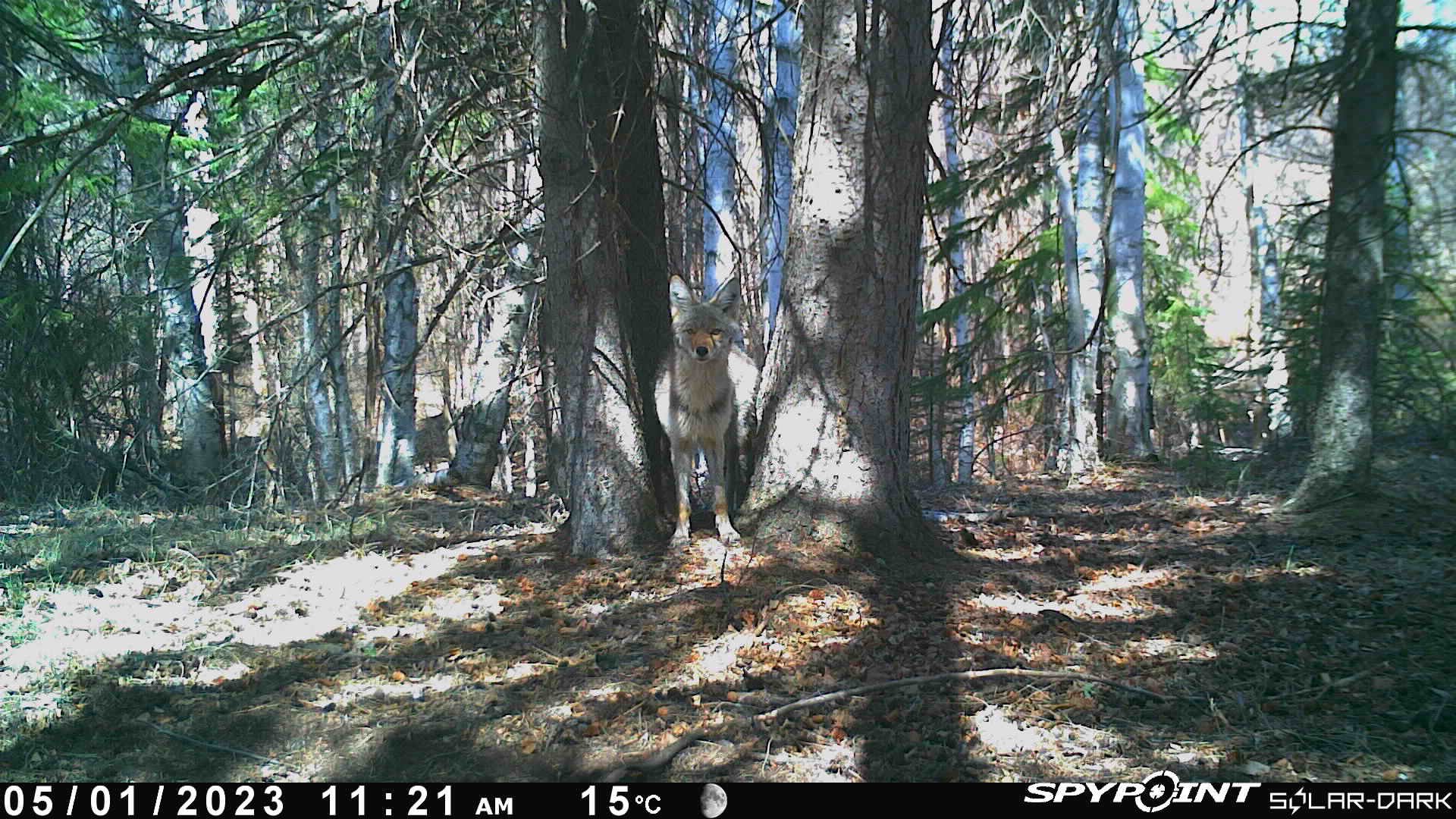

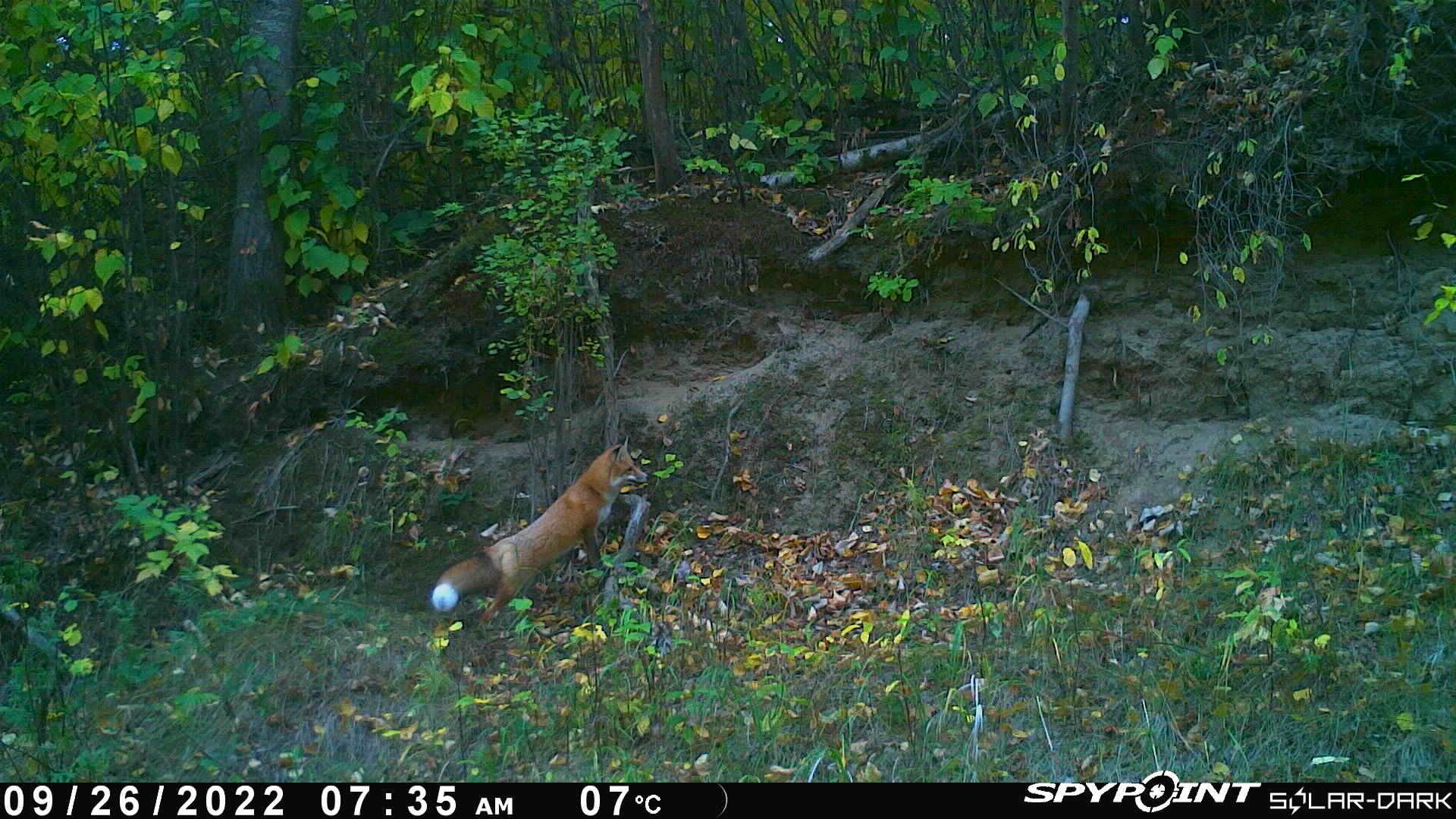

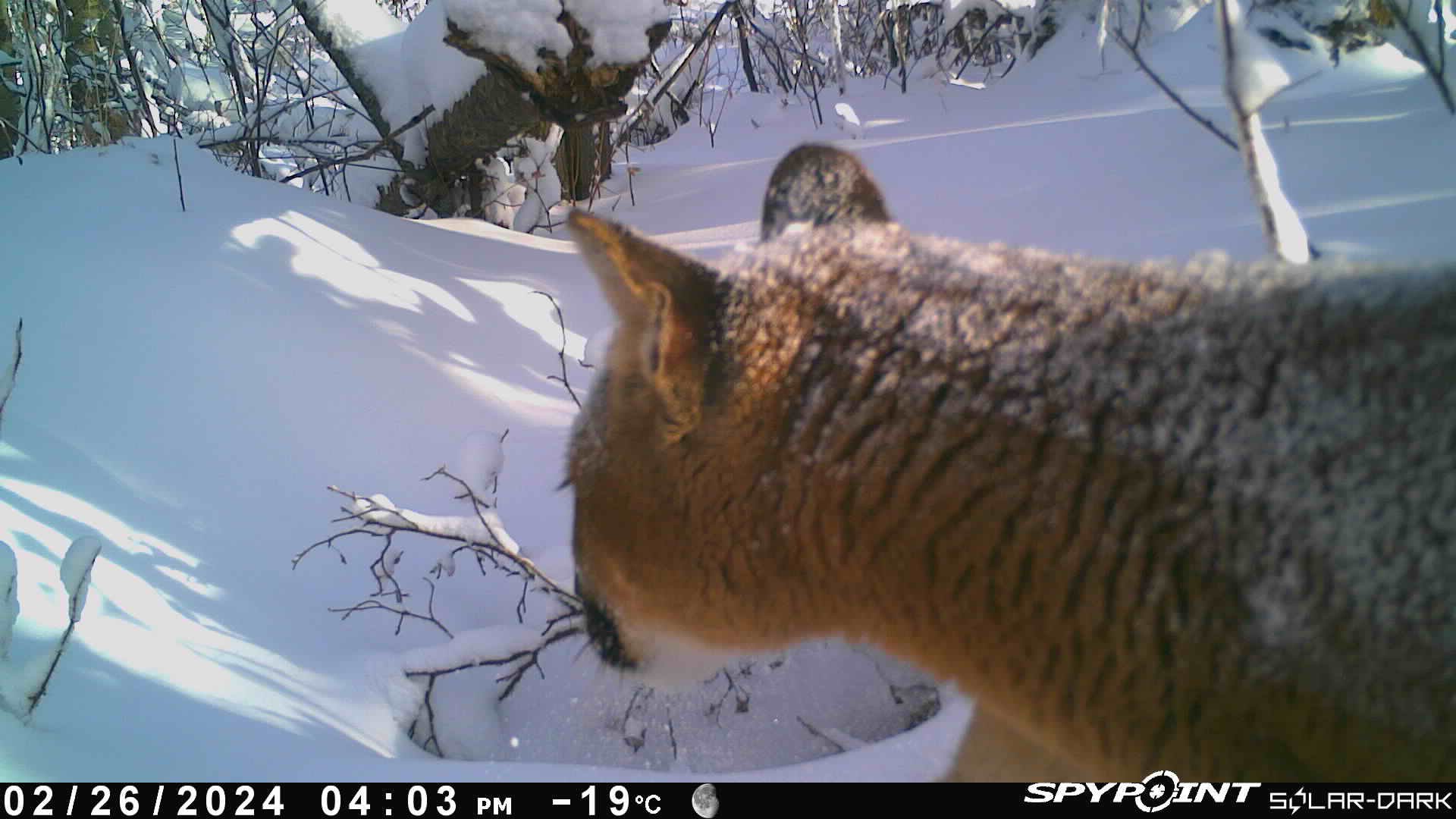
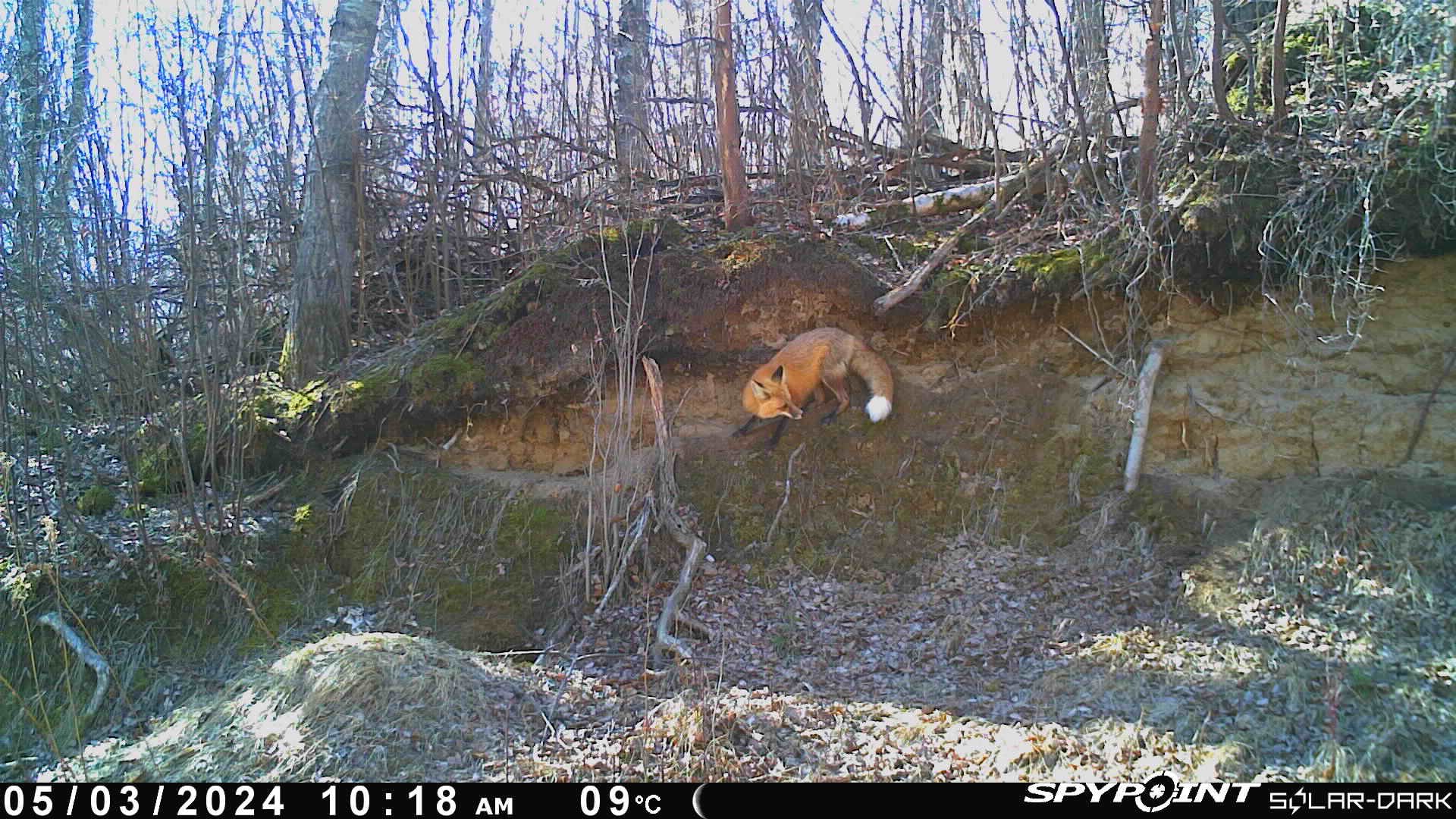
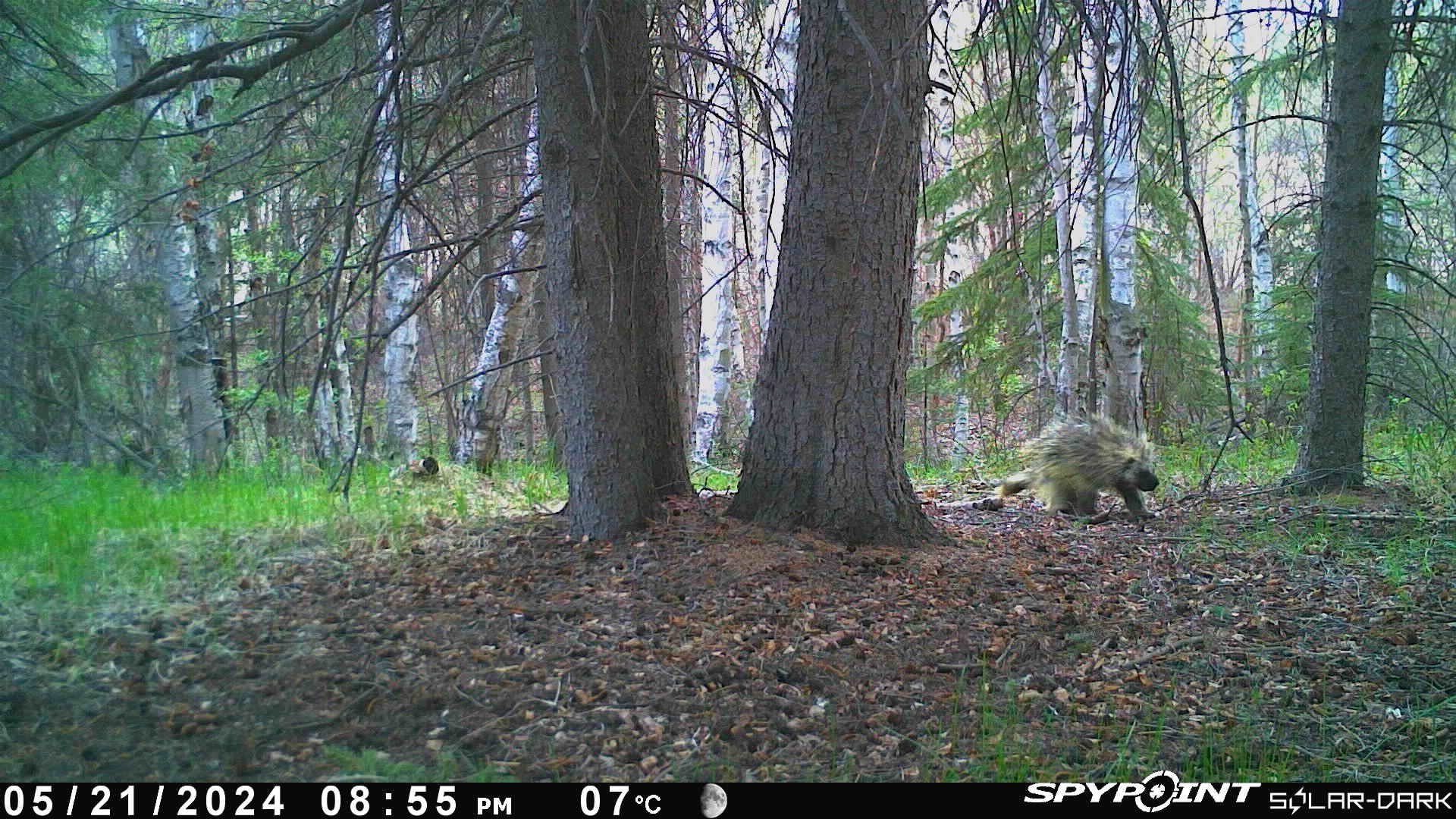
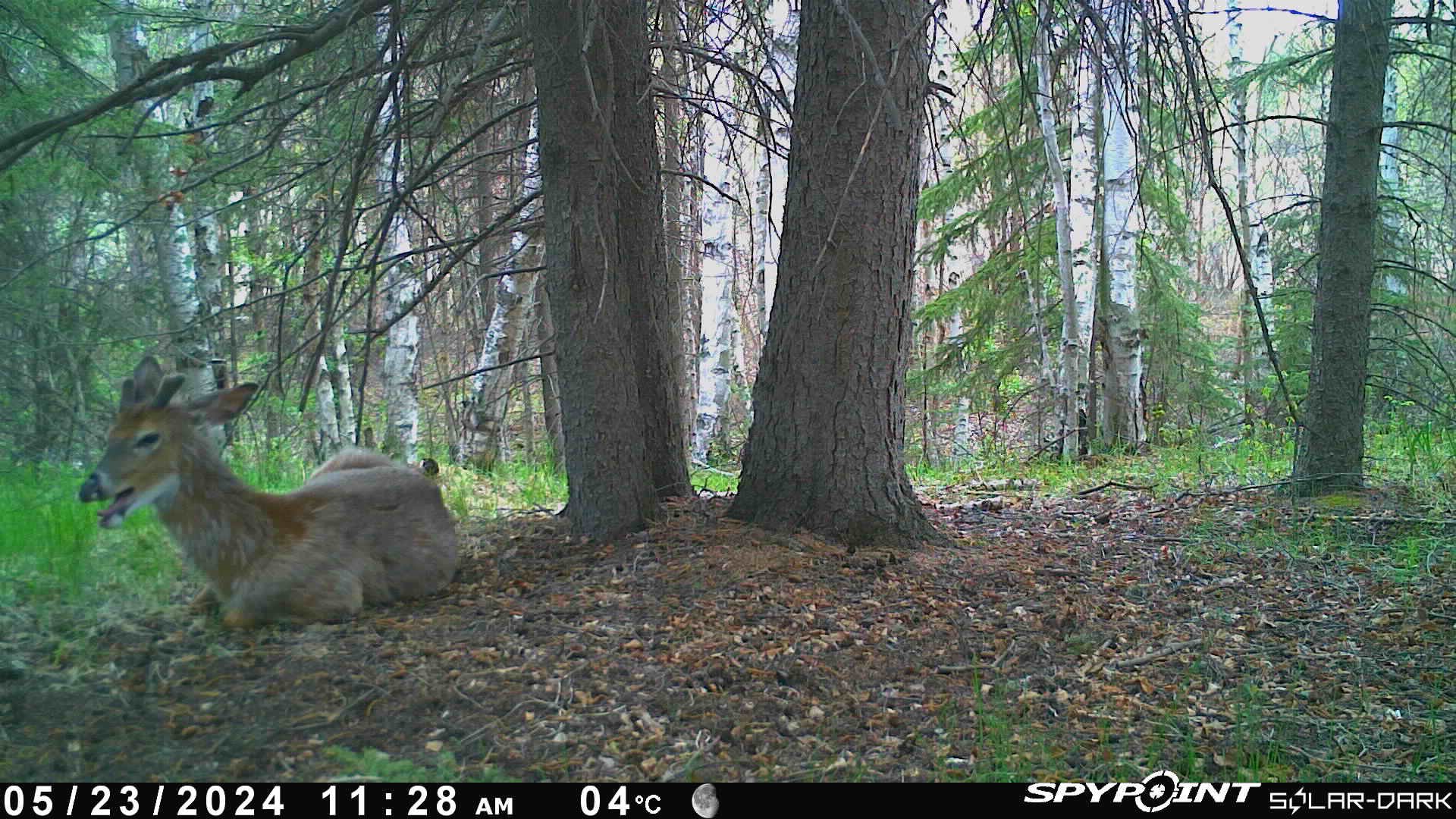

Our stewardship work would not be possible without the efforts of dedicated volunteers. We would like to extend a big thank you to all volunteers who helped process wildlife photos. If you would like to get involved, head over to our Volunteers page to learn how you can help.
We would also like to thank RBC’s Tech for Nature grant for funding our wildlife cameras in 2023.
See you all again for next year’s highlights!


